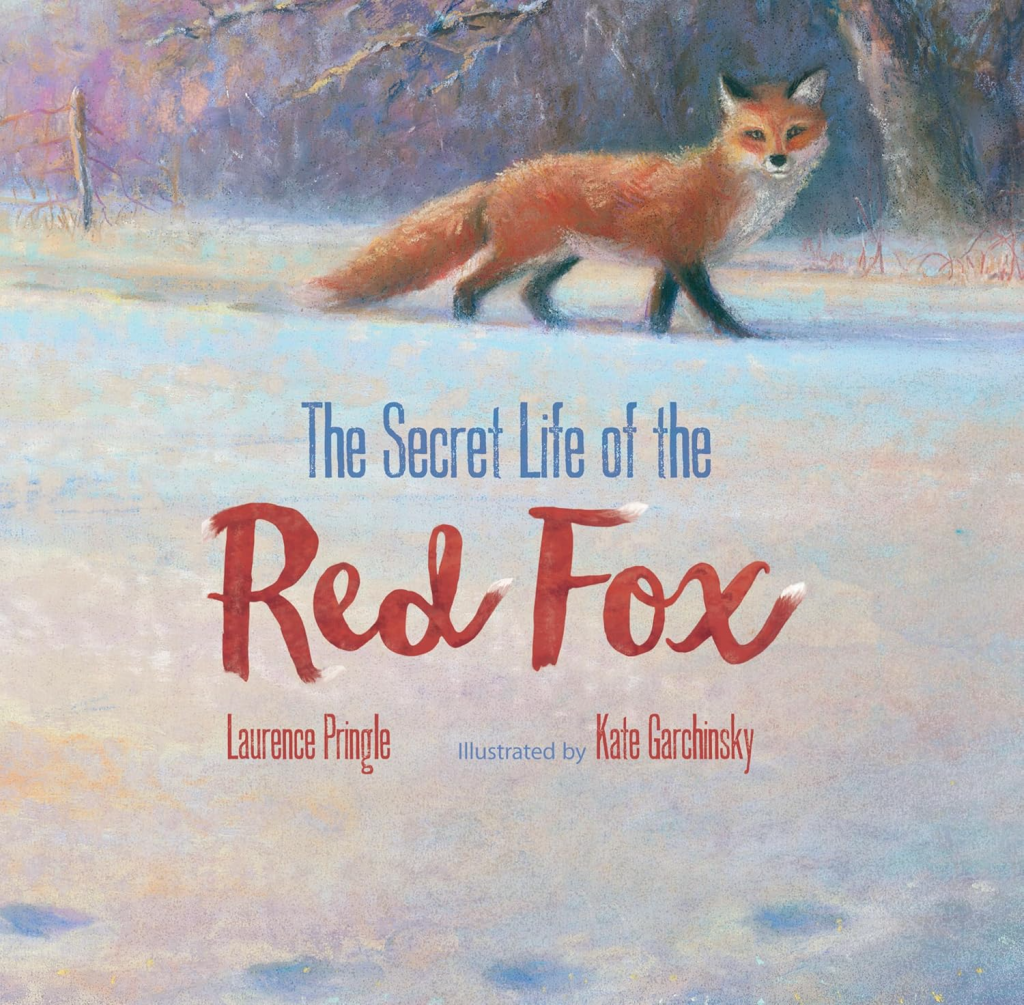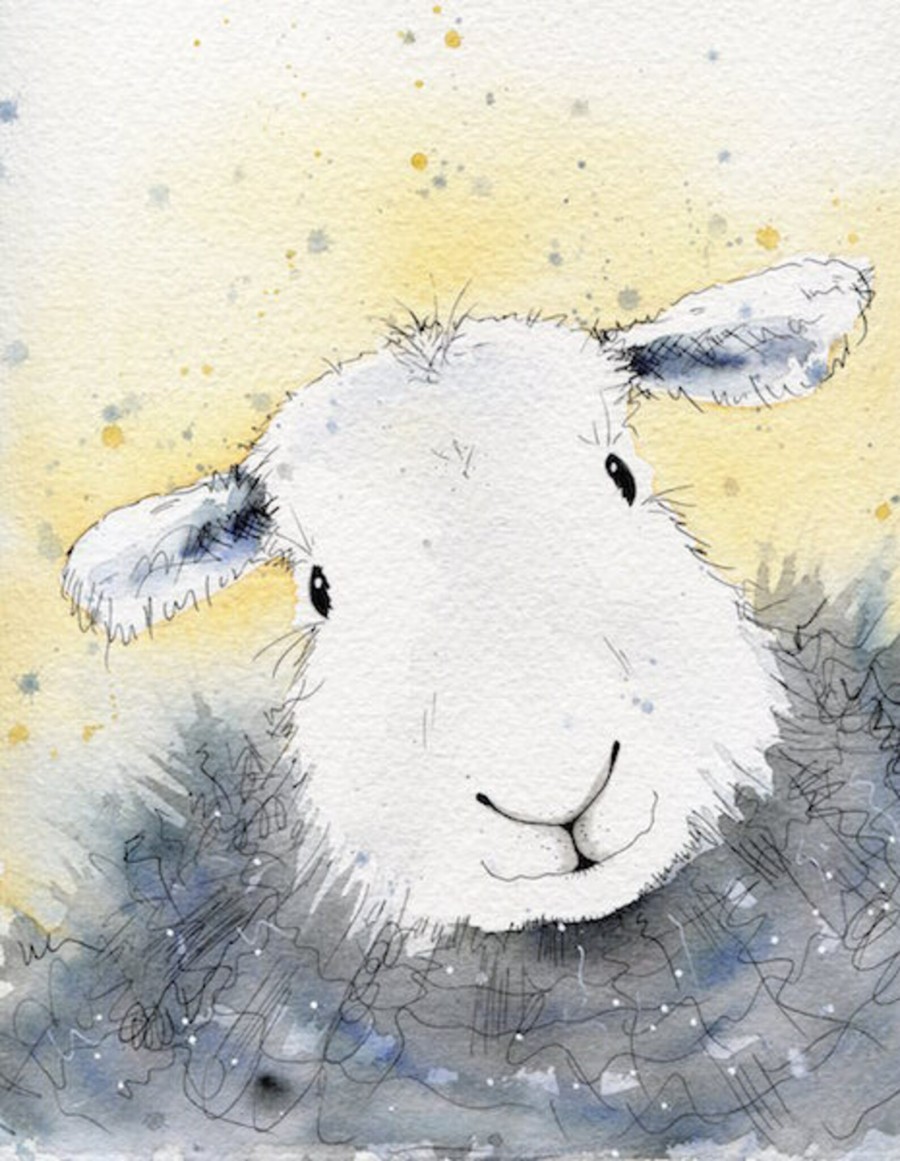
Foxes are related to dogs and only the red fox is native to England. They usually live in family groups and birth cubs in early spring, who become independent around July. They tend to stay in the same area and live in dens (which can be in urban areas or even old badger setts). They are omnivores and easily find food from insects and small animals (rabbits and voles are the main diet in rural areas) to fruit or human leftovers. Like dogs, they often bury food to eat later on (hence why foxes may kill lots of chickens, even if they only eat one). Foxes rarely starve, so it’s not advised to feed them unless necessary, as this could encourage them into harm’s way of people who don’t like foxes. They are wild animals and should be treated as such.
Netting is the main hazard in gardens, especially football nets, so always put these away safely, when out of use and never leave overnight. Also avoid blood/fish-based fertilisers, keep pet bowls clean (and inside).

The best way to humanely deter foxes is simply to not leave food around. Using gull-proof sacks for collecting rubbish (over plastic bags that rip apart) goes some way to control other creatures pulling the contents out of bags overnight, resulting in food rubbish all over streets and parks. The best help is to restore habitats, so that foxes live like they would naturally. If you already feed foxes, slowly phase out feeding by feeding less each night, then every second night and so on, leaving them time to adjust to find food elsewhere.
One recommended deterrent (used to stop foxes disturbing swans at Abbotsbury Swan Sanctuary in Dorset) is an outdoor camping radio. It recommends playing Radio 4 (people talking over music) and seems to deter foxes from attacking poultry too.
how to help an injured or orphaned fox
If you see a limping fox, wait and see for a day or two, as foxes often have limps due to active jumping over fences etc, though if the leg is flapping or at an odd angle, call your local wildlife rescue, as this could be a broken limb (never rescue foxes stuck in fences or netting). Putting out tinned dog food with humane traps is the only way to catch foxes, something that your wildlife rescue can help with. If you know of anyone intentionally harming foxes, call National Wildlife Crime Unit (can be anonymous through Crimestoppers).
If you find a cub, monitor as often the mother will return a few times a day (removing cubs from healthy mothers can lead to sometimes fatal mastitis). Cubs with open eyes usually have parents close, cubs with closed eyes are too young to be above ground as they are dependent on mothers so may need help if no parents are nearby. If you accidentally come across cubs and the mother runs off, monitor from a distance, as most will return if left alone. Handling cubs is done with gloves rubbed in soil, so the cub won’t be left with human scent. Put in a box with bedding if needed.
nonprofits that help rescue foxes

The Fox Project runs a humane deterrence programme, you can call them for expert help and advice. This wildlife information service admits and treats 1000 foxes yearly (including over 300 cubs) and is currently raising money to build a new wildlife hospital near Tonbridge Wells (Kent). The organisation offers a do-it-yourself fox deterrence consultancy focusing on simple humane methods and offers direct help over the southeast of England for sick, injured and abandoned cubs, working with a team of volunteer rescuers.
The Fox Rescuers (Manchester) is a small charity that rescues, rehabs and releases foxes in the North West and West Midlands, plus anyone can call their 24-hour helpline for advice. It also offers non-emergency trapping for foxes who need vet care, if not being cared for at their own facility (vet and RSPCA approved). For mange, they can send out a vet-approved homeopathic remedy if needed (though for serious cases, you’ll need a wildlife rescue to humanely trap the fox for conventional vet medicine). The charity is always looking for volunteers and also landowners (away from neighbouring land, busy roads and gun-toting farmers) with the understanding you would be cleaning out fostering pens twice daily and feeding/watering cubs regularly, until ready for release.
further reading on foxes

Finding the Fox is a portrait of a mysterious and misunderstood animal by a Norwegian writer who journeys into the forest on long early morning walks, to encounter foxes living just outside his small town. He knows the telltale signs of how to find a fox den, how to identify a pawprint in the snow and the smells that foxes leave behind. He meets a vixen and watches carefully as she and other foxes hunt, play and live together as families.
The Secret Life of Foxes is for anyone who’s ever spotted a fox, and wondered where it’s going? Or perhaps you want to know what all the commotion and ear-piercing screams at night are all about? Learn about various species and their super-sharp senses, and find tips on how to help foxes near you.
Foxes Unearthed investigates the real truth about the familiar red fox, a flash of bright-eyed wildness in our towns and cities. Lucy Jones uncovers the truth about foxes in a media landscape that often regards them as dangerous vermin. It looks at much-needed depth to the debate on foxes, and how we can protect them and other creatures in the natural world.
The Hidden World of the Fox comes face-to-face with the strange barks that echo in the city, shining a line on the astonishing sense, intelligence and behaviour of native red foxes, who live in the woods but also survive in car parks and railway stations of towns and cities. The author has fostered cubs and studied how foxes interact with humans, worldwide and in her home in the North Downs. Her message shows we can live peacefully with nature, including foxes.
how to keep prey animals safe from foxes
Prey animals (chickens, rabbits etc) are not just at risk from foxes, but other creatures like badgers and rats. Foxes are very good predators (and can strike any time of day or night) but know they are not killing chickens due to cruelty, but following instincts to feed themselves and cubs. Foxes rarely starve as they are scavengers, so keeping hens safe won’t cause them to go hungry.
British Hen Welfare (which rescues ex-battery hens designed for slaughter) has tips on their website to keep chickens safe from predators. Obviously you need a large chicken-friendly coop with fencing so hens are free to roam and be happy, but secure from predators (be careful to use safe netting).
Never leave hens overnight, put them to bed at dusk (and keep them in secure runs, if you are going out for the day). Always check your coops and runs for damage, high winds or snow can weaken areas like roofs. Fixed runs should be at least 5 ft high and laid on grass at right angles, to prevent predators digging underneath (in Scotland, runs have netting on top to deter birds of prey). Also don’t house near overhanging branches, which foxes can use to gain entry. Also read how to help chickens and roosters to be safe from foxes.
There was a face looking at me. It was the colour of autumn and snow. Its eyes were smouldery gold. Its ears were tall and wide for the size of the face. The fur on its narrow forehead and between its ears stood on end. From the black tip of the nose, it was the face of a fox, a vixen I guessed, alluringly beautiful, entrancingly wild. Jim Crumley






